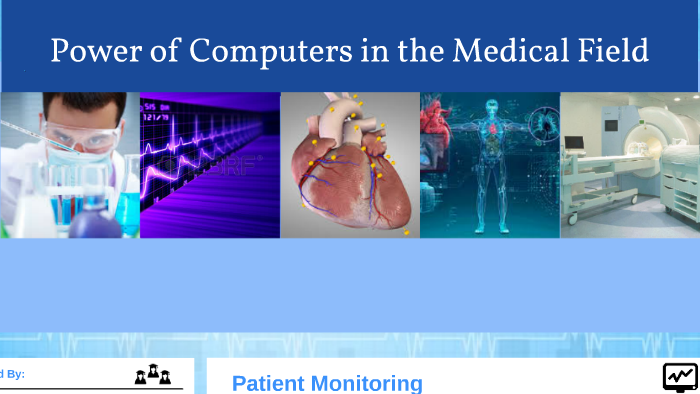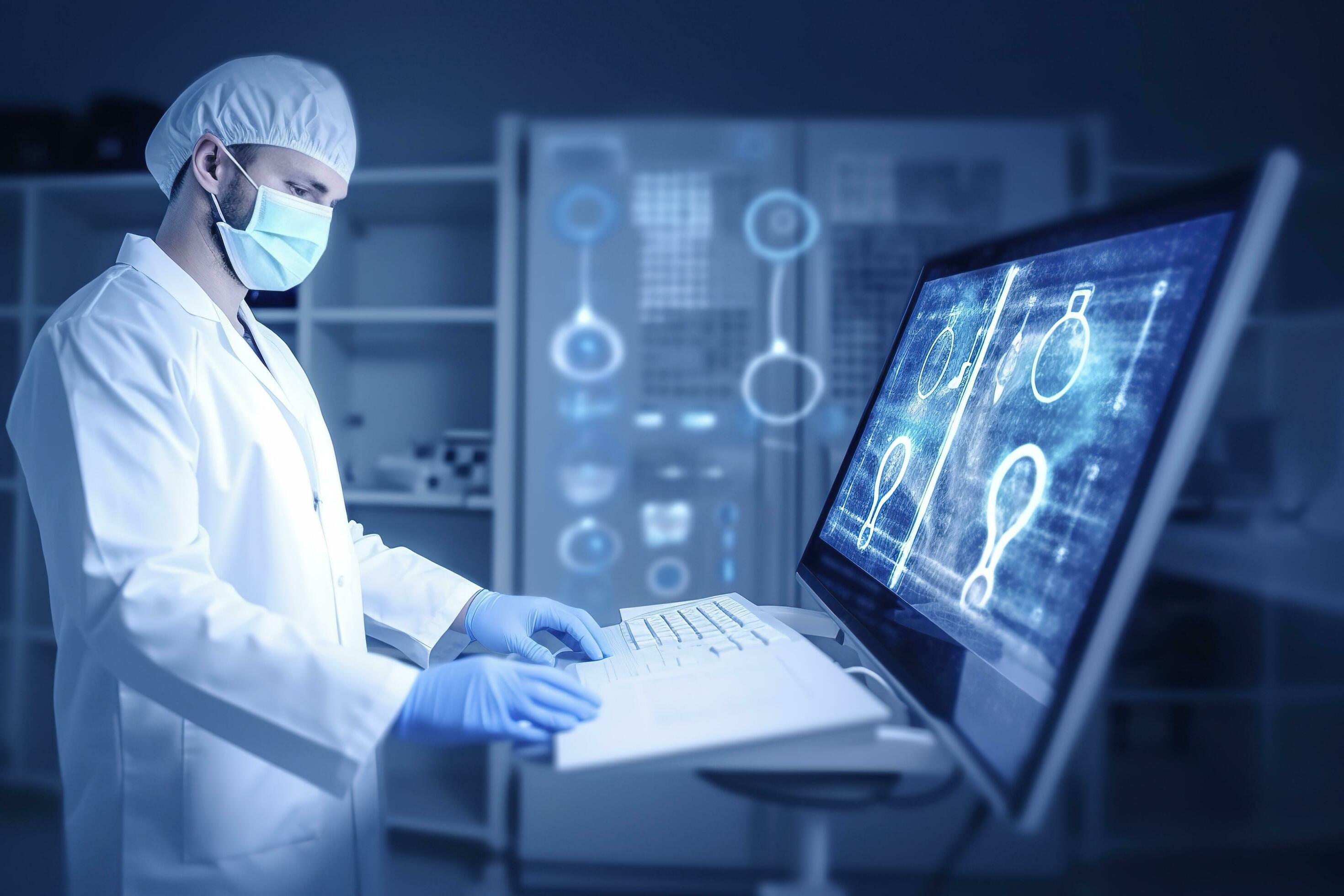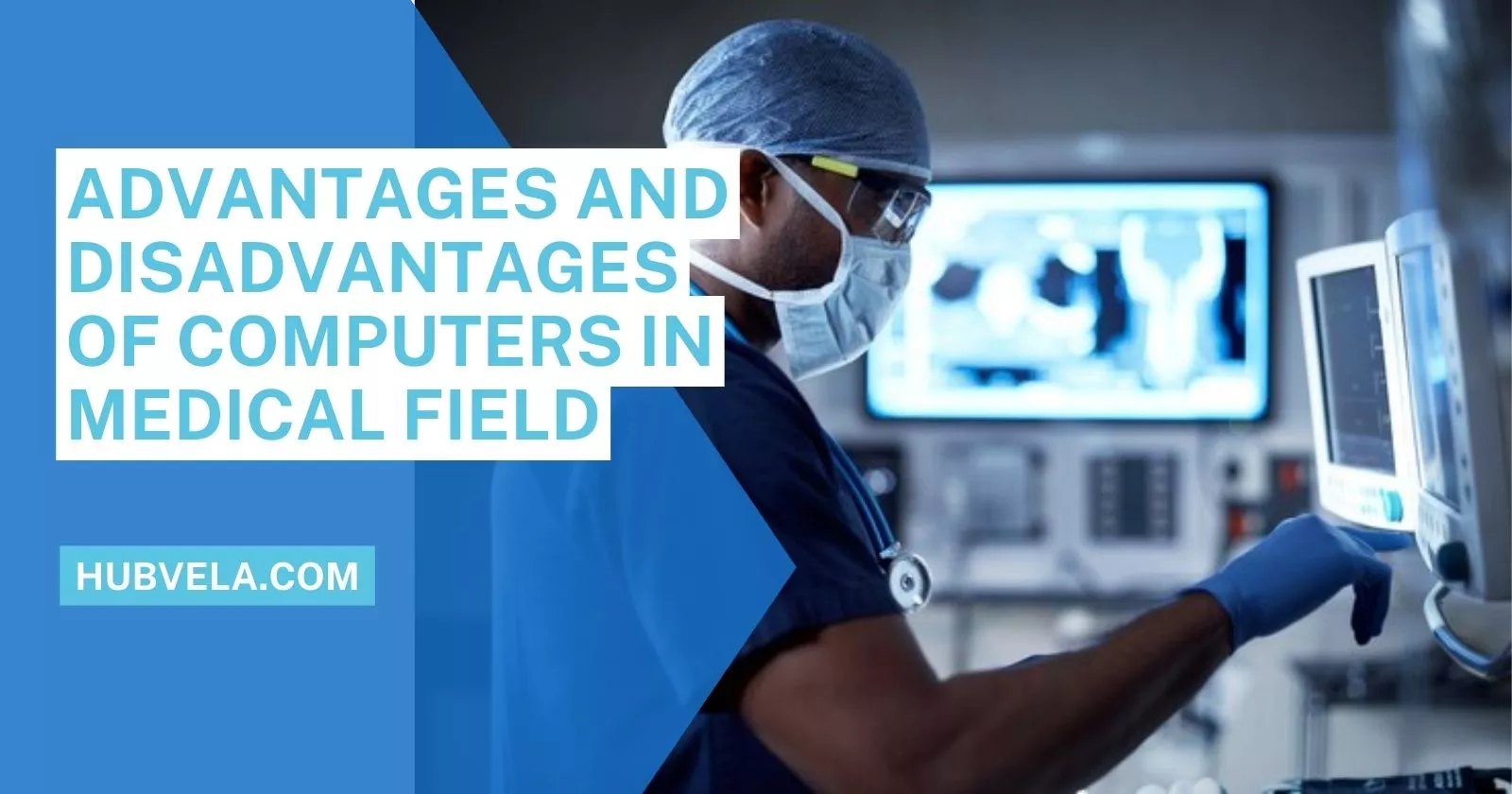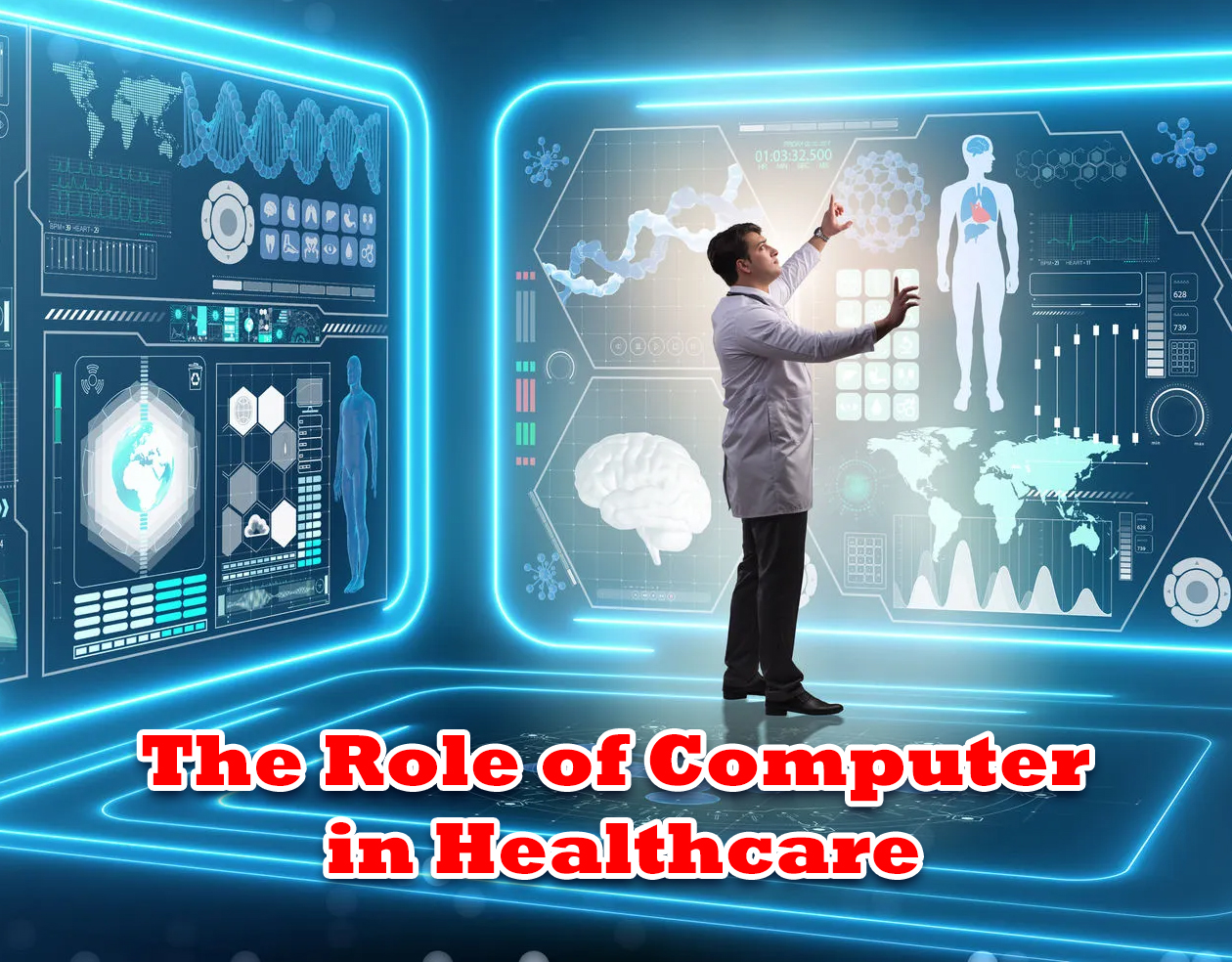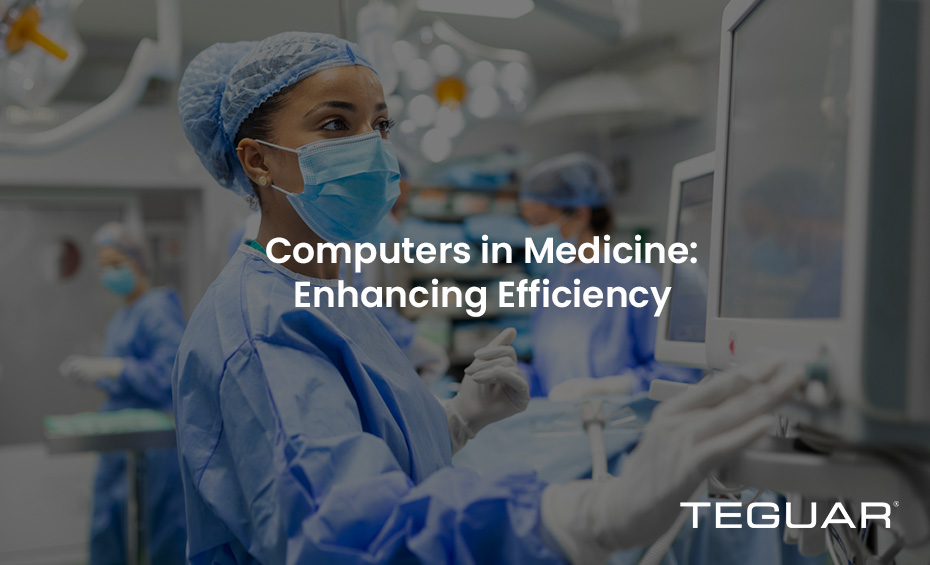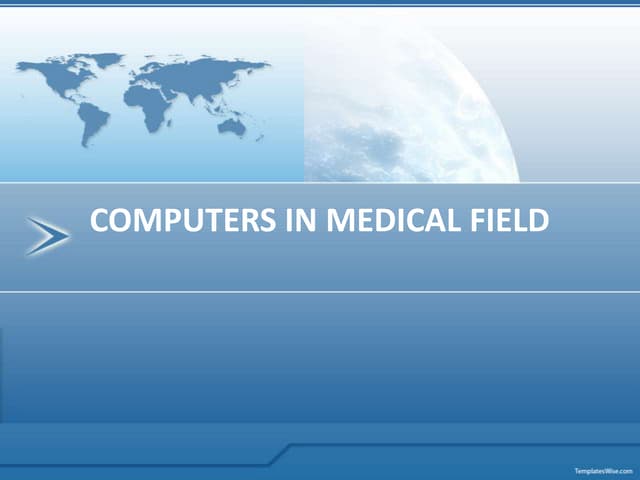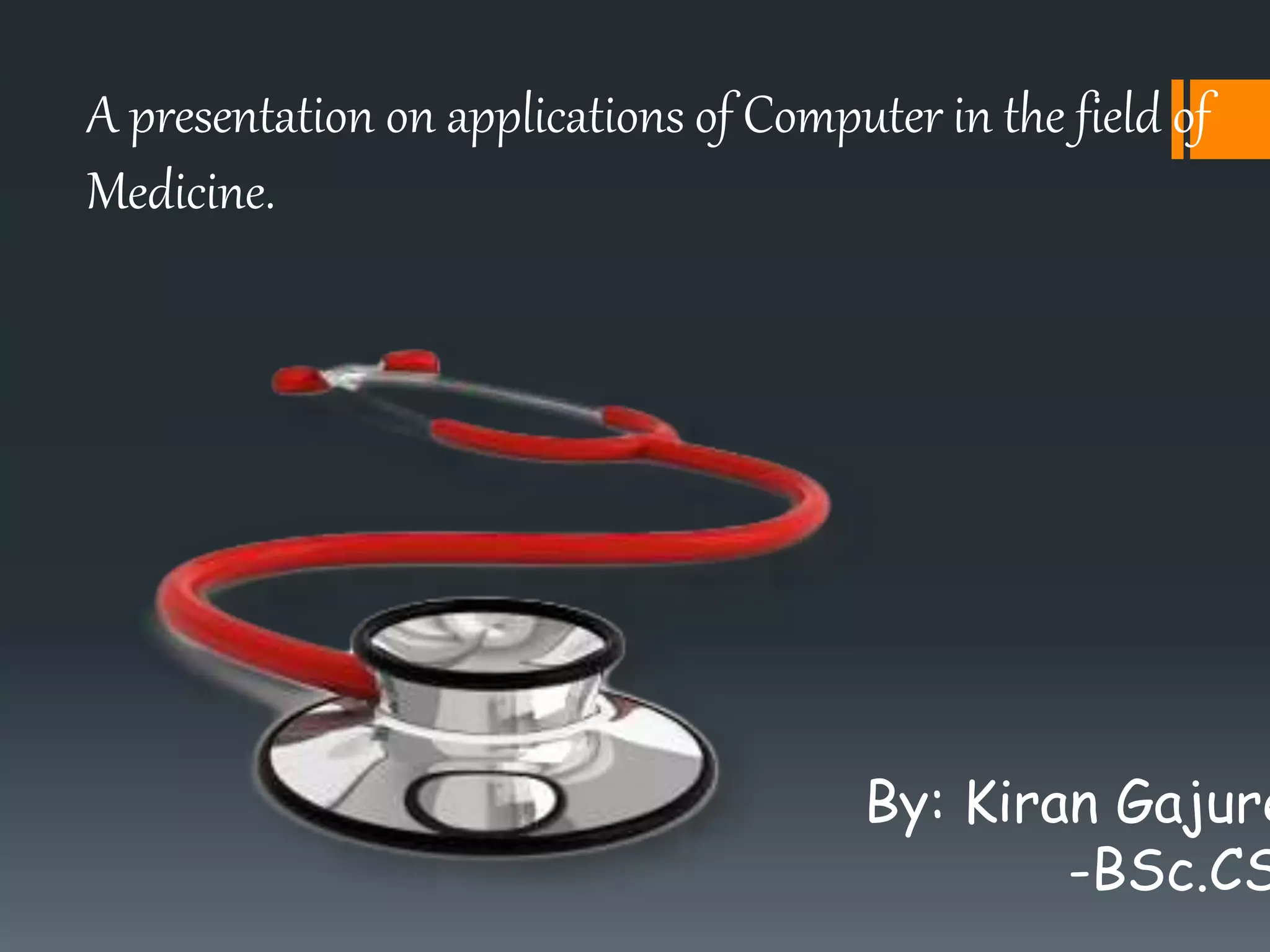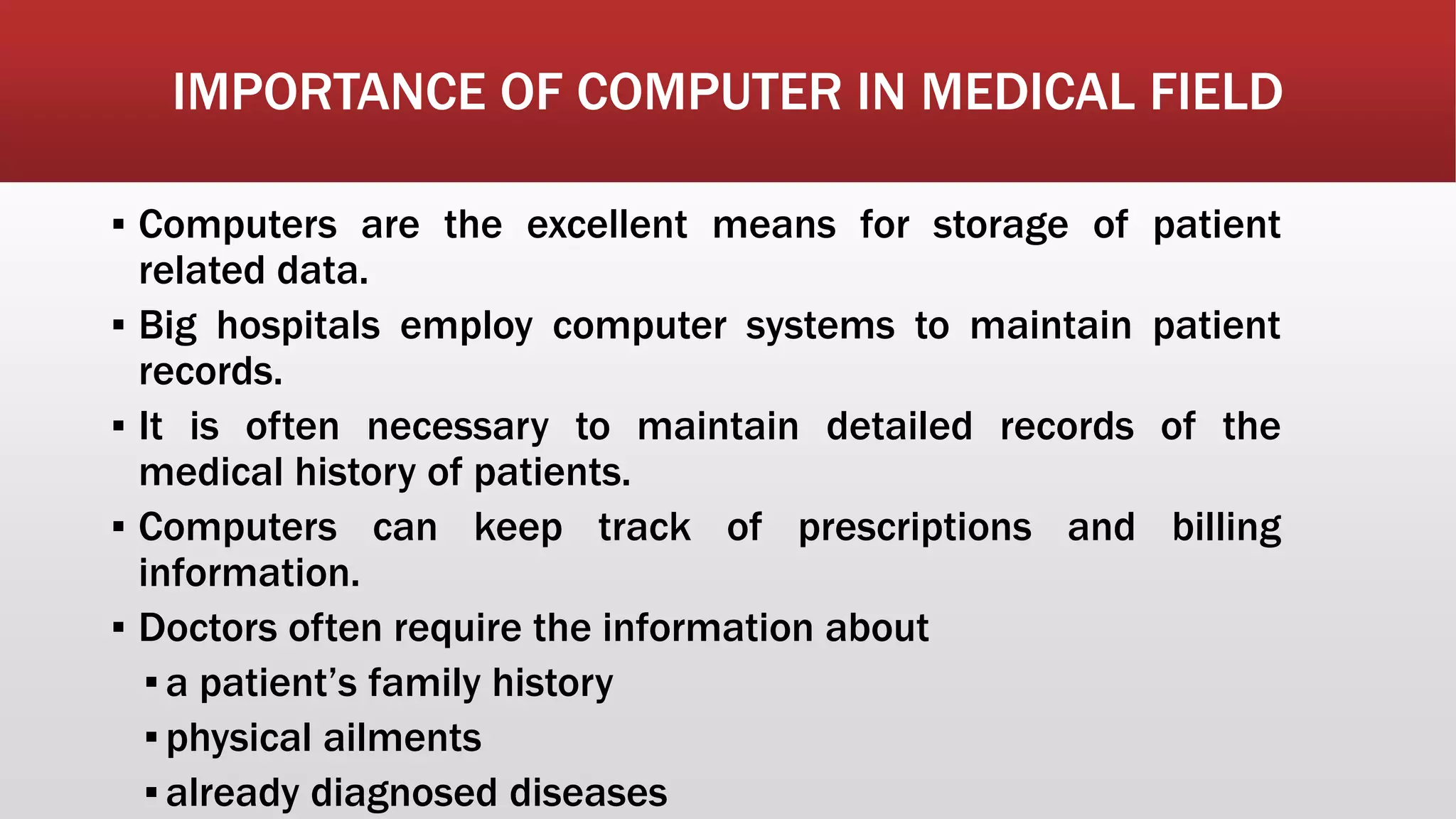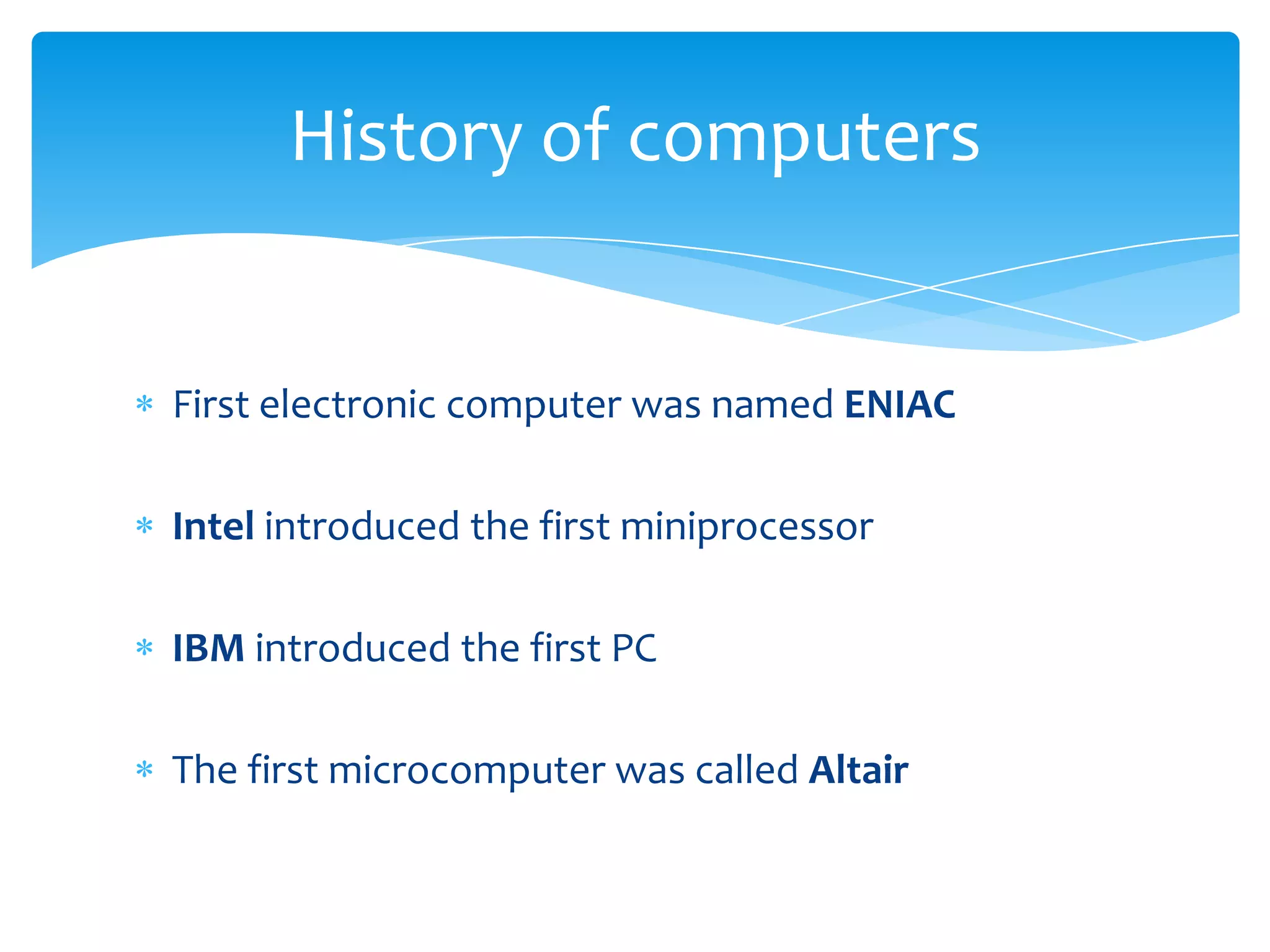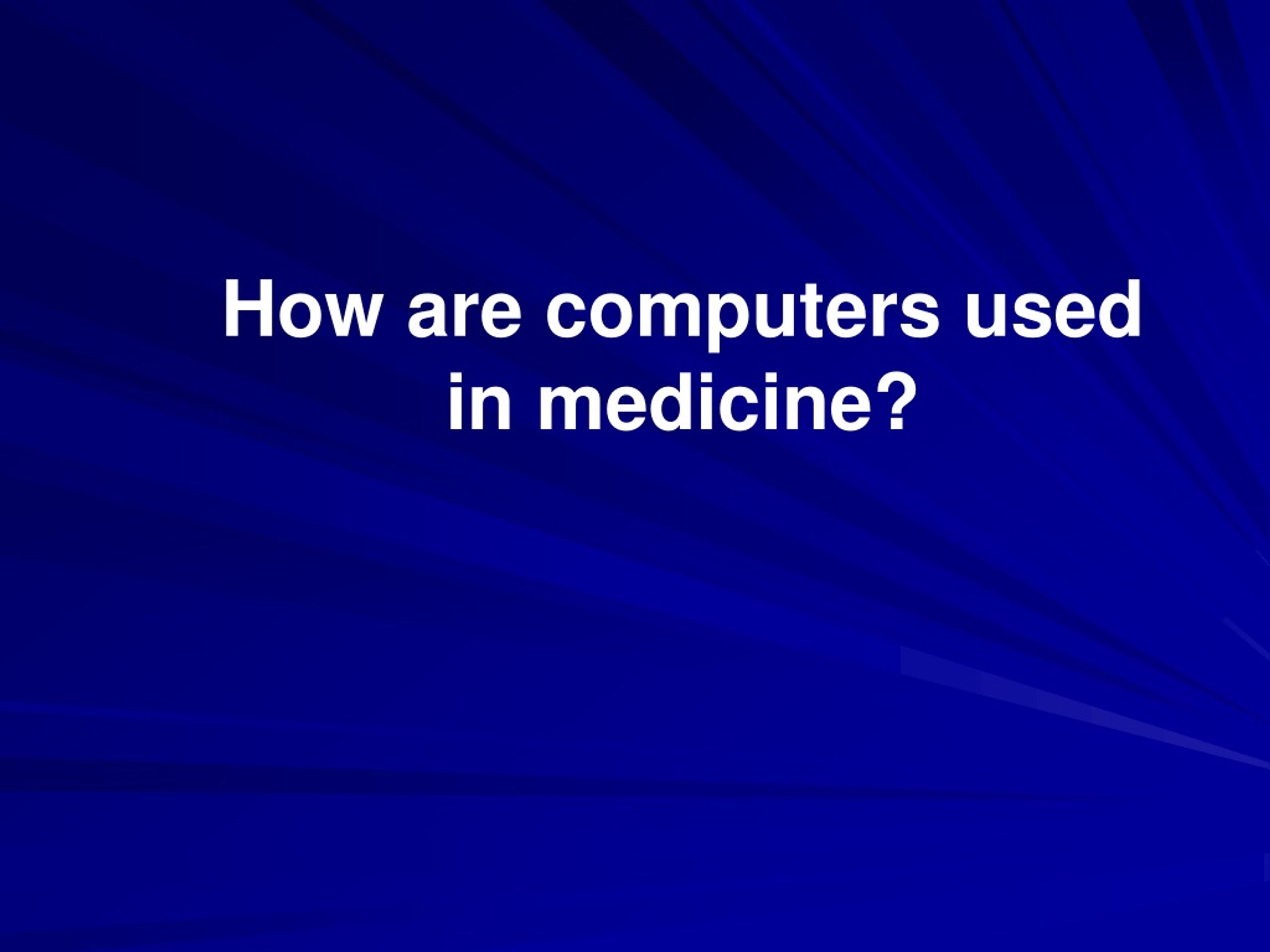The Proliferation Of Computers In Medicine Has
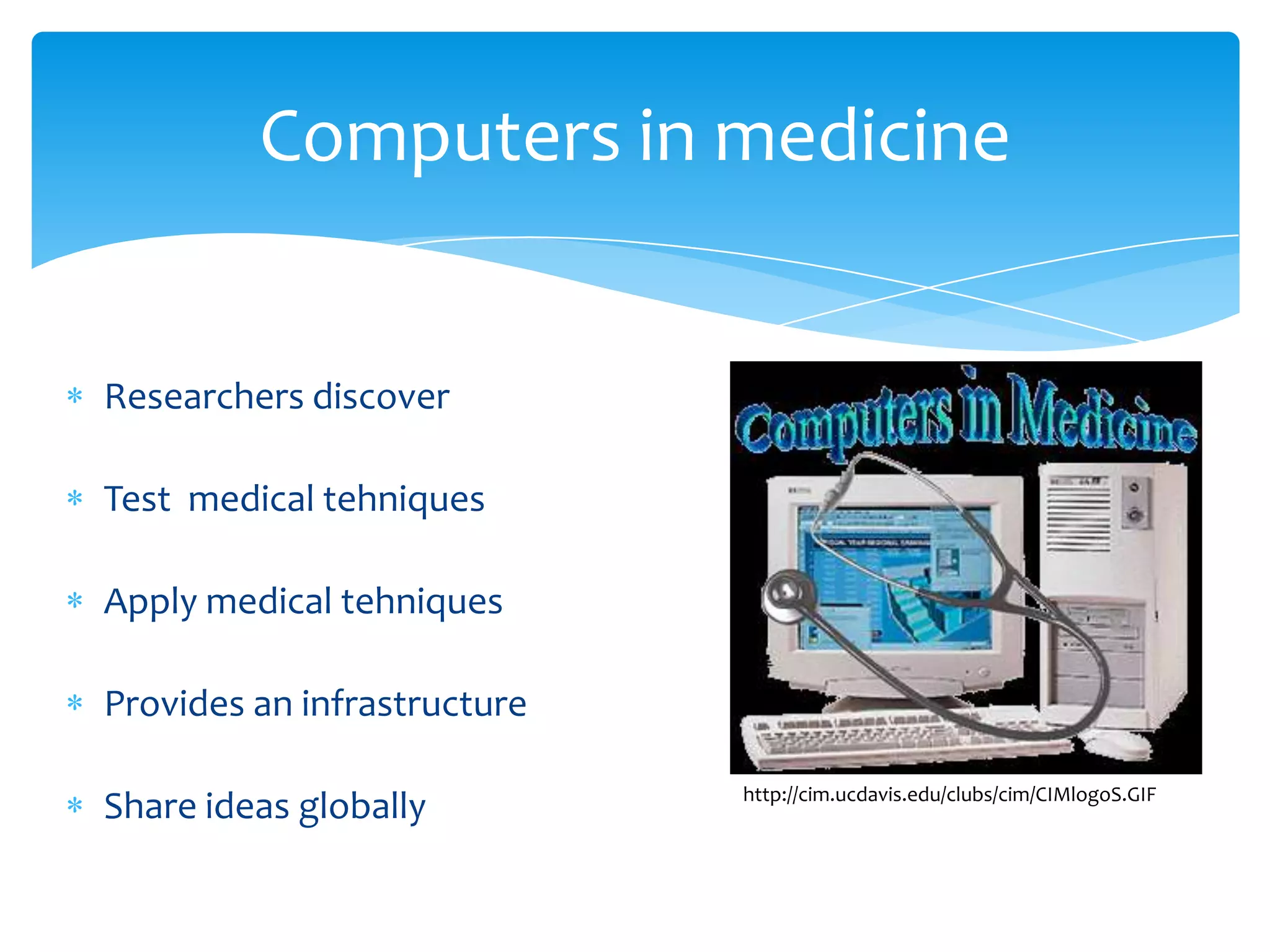
Imagine stepping into a doctor’s office not of sterile white and hushed tones, but one buzzing with the quiet hum of sophisticated machinery. Monitors glow with intricate data, displaying everything from real-time heart rhythms to complex 3D models of the human anatomy. The doctor, instead of scribbling on a notepad, effortlessly navigates through patient records on a sleek tablet, making informed decisions with unprecedented speed and accuracy.
The proliferation of computers in medicine is revolutionizing healthcare, transforming it from a field reliant on intuition and experience to one increasingly driven by data and precision. This digital revolution is impacting every aspect of healthcare, from diagnosis and treatment to research and administration, improving patient outcomes and making healthcare more accessible and efficient.
A Historical Glance: The Dawn of Digital Healthcare
The integration of computers into medicine wasn't an overnight phenomenon. It began modestly in the mid-20th century with the use of mainframe computers for administrative tasks like billing and appointment scheduling. These early systems, while rudimentary by today's standards, laid the groundwork for the digital transformation to come.
As technology advanced, so did its applications in medicine. The development of medical imaging technologies like Computed Tomography (CT) scans and Magnetic Resonance Imaging (MRI) relied heavily on computer processing to generate detailed images of the inside of the body.
These advancements allowed doctors to diagnose conditions with greater accuracy and speed, leading to earlier and more effective treatments.
The Rise of Electronic Health Records (EHRs)
One of the most significant milestones in the computerization of medicine was the widespread adoption of Electronic Health Records (EHRs). EHRs are digital versions of a patient's paper chart, containing their medical history, diagnoses, medications, allergies, and other relevant information.
The Health Information Technology for Economic and Clinical Health (HITECH) Act, part of the American Recovery and Reinvestment Act of 2009, played a crucial role in incentivizing the adoption of EHRs by healthcare providers across the United States, according to data from the Office of the National Coordinator for Health Information Technology (ONC).
The advantages of EHRs are numerous. They improve care coordination by allowing doctors, nurses, and other healthcare professionals to easily access a patient's complete medical history.
They reduce medical errors by providing alerts about potential drug interactions and allergies. EHRs also streamline administrative processes, saving time and reducing costs.
Diagnosis and Treatment: Enhanced by AI
Artificial Intelligence (AI) is rapidly transforming the way diseases are diagnosed and treated. AI algorithms can analyze medical images with remarkable accuracy, often surpassing the capabilities of human radiologists in detecting subtle anomalies.
AI is also being used to develop personalized treatment plans based on a patient's unique genetic makeup, lifestyle, and medical history. These personalized approaches promise to revolutionize the treatment of diseases like cancer and diabetes.
According to a report by Accenture, AI in healthcare is projected to save billions of dollars annually by improving efficiency and reducing errors.
Telemedicine: Bridging the Gap in Healthcare Access
Telemedicine, the practice of providing healthcare remotely using technology, has exploded in popularity in recent years. It allows patients to consult with doctors, receive diagnoses, and even receive treatment from the comfort of their own homes.
Telemedicine is particularly beneficial for patients in rural areas or those with limited mobility. It expands access to healthcare for underserved populations, bridging the gap in healthcare access.
The COVID-19 pandemic accelerated the adoption of telemedicine, demonstrating its potential to provide care safely and efficiently during public health emergencies, confirmed by the Centers for Disease Control and Prevention (CDC).
The Impact on Medical Research
Computers are also playing a crucial role in medical research. Researchers use sophisticated software to analyze vast datasets of patient data, identify patterns, and develop new treatments.
Computational modeling allows researchers to simulate biological processes and test the effectiveness of new drugs and therapies in silico, reducing the need for animal testing and accelerating the drug development process.
The National Institutes of Health (NIH) is heavily investing in computational biology and bioinformatics, recognizing the potential of computers to revolutionize medical research.
Challenges and Considerations
While the proliferation of computers in medicine offers numerous benefits, it also presents some challenges. Data security and privacy are paramount concerns, as medical records contain sensitive personal information.
Healthcare providers must implement robust security measures to protect patient data from cyberattacks and unauthorized access. The Health Insurance Portability and Accountability Act (HIPAA) sets standards for the protection of patient health information.
Another challenge is the potential for bias in AI algorithms. If AI algorithms are trained on biased data, they may perpetuate existing inequalities in healthcare.
It is crucial to ensure that AI algorithms are fair and equitable, and that they do not discriminate against any particular group of patients.
Ethical Considerations
The increasing reliance on computers in medicine raises ethical questions about the role of human judgment in healthcare. While AI can assist in diagnosis and treatment, it should not replace the doctor's critical thinking and empathy.
It is important to maintain a balance between technology and human interaction in healthcare, ensuring that patients receive personalized and compassionate care.
Looking Ahead: The Future of Digital Medicine
The future of medicine is inextricably linked to the continued advancement of computer technology. We can expect to see even more sophisticated AI algorithms being used to diagnose and treat diseases, personalized medicine becoming more widespread, and telemedicine becoming an integral part of healthcare delivery.
The development of wearable sensors and remote monitoring devices will allow doctors to track patients' health in real-time, enabling proactive and preventative care.
The convergence of computer technology and medicine holds immense promise for improving human health and well-being.
A Hopeful Conclusion
The journey of computers in medicine is a testament to human innovation and our relentless pursuit of better healthcare. From humble beginnings in administrative tasks to sophisticated AI-powered diagnostic tools, computers have transformed the medical landscape.
While challenges remain, the potential benefits of digital medicine are undeniable. By embracing technology responsibly and ethically, we can create a future where healthcare is more accessible, efficient, and personalized, improving the lives of countless individuals.
As we move forward, let us remember that technology is a tool, and its true value lies in its ability to enhance the human connection at the heart of medicine. The warm hand of a doctor, coupled with the power of data, offers a compelling vision for the future of care – one where health and hope are within closer reach for everyone.

